This was a large residential project that we finished in Lake Oswego on a new construction home last fall.
Elements of this project included:
- An expansive Tall Fescue lawn: This tough yet beautiful turfgrass will require less water and maintenance once established, and will stand up to regular use with ease.
- Stone walkways: We used a lot of stone walkways in this project to access various parts of the landscape.
- A drainage system: The back yard had some leveling issues and a major drainage problem when we arrived. We leveled the rear lawn and installed a generous amount of drainage to create the level, rolling expanse of grass that you see in the images.
- A rain garden: We constructed a rain garden that is not only gorgeous, but also allows the landscape to manage some of its runoff onsite. Water that would normally end up in a storm drain is instead kept on the property and allowed to soak back into the soil.
- Numerous grasses and perennials: We really enjoyed the colors and textures of this project. The fall colors were beautiful, and the selection was designed to provide interest in all seasons.
- Boulders: A well placed boulder makes a strong statement. We strategically placed a number of large boulders throughout the project to provide structure and contrast.
- An extensive Rain Bird irrigation system: We love our Rain Bird irrigation products, and really put them to good use here. This landscape incorporated a number of irrigation zones, most of them with high-efficiency drip irrigation. Our drip systems will keep the water low to the ground and near to the plants that need them, only using the water that is necessary and keeping it in the landscape instead of running into a drain.

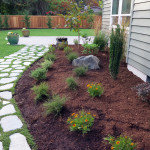
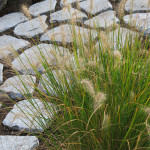
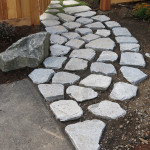
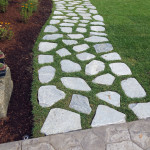
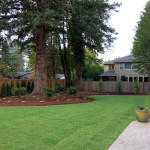
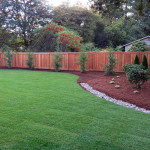
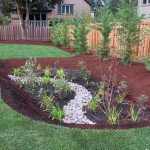
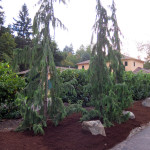
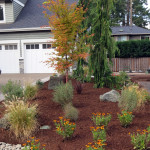
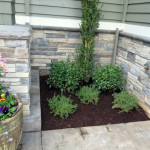
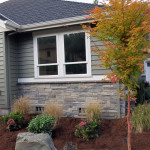
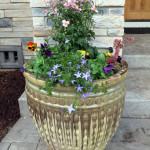
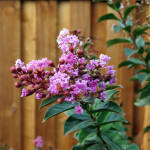
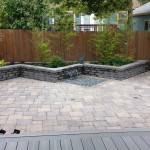
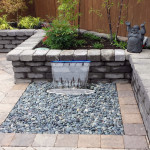
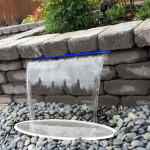
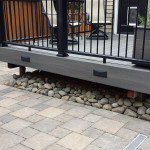
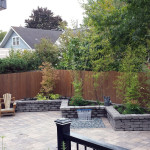
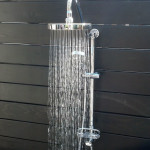
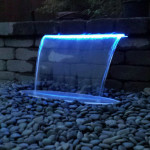
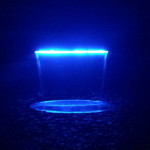
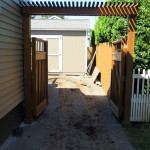
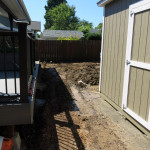
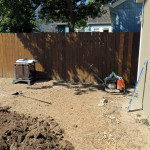
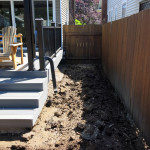
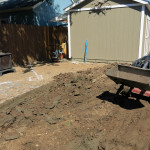
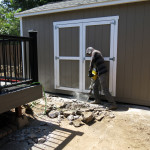
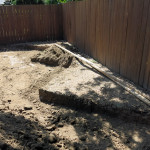
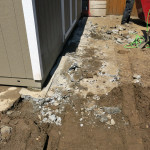
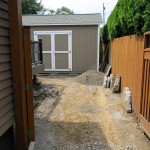
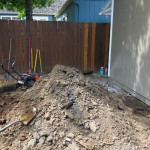
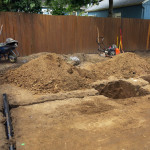
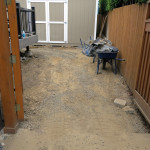
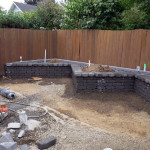
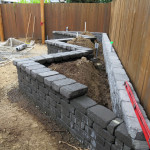
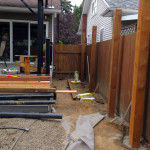
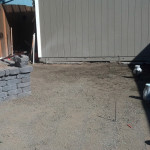
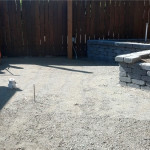
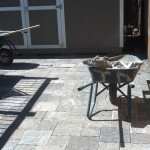
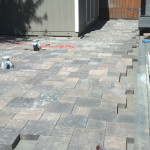
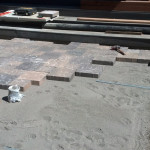
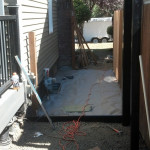
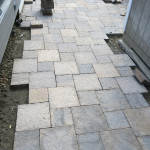
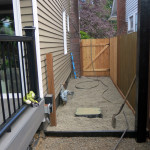
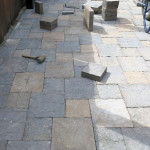
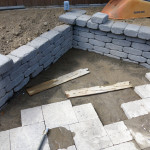
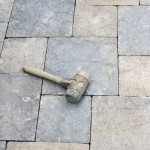
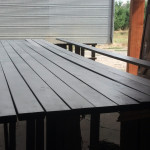
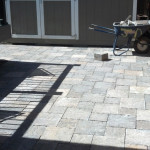
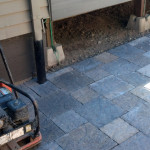
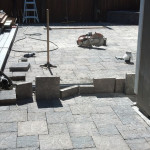
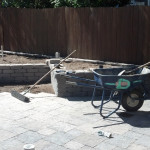
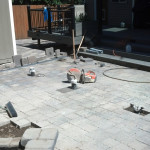
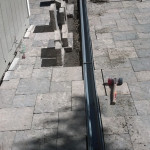
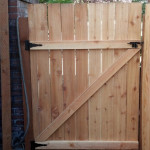
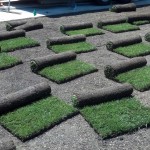
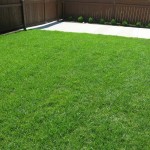
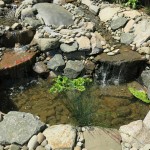
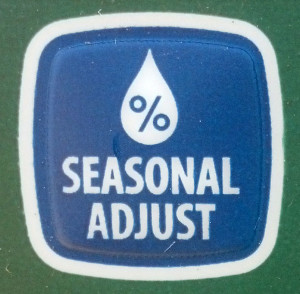 Summer is here, and although we have had a stretch of wet weather, the warmer weather is coming back! This means that your lawn will most likely require more water in order to stay green, which sends most people scrambling out to their garages to figure out how to make their irrigation controllers apply more water during the warmer weather. There is a feature found on just about every irrigation controller, regardless of the manufacturer, that can make your life far simpler. Unfortunately, most people don’t know that the feature exists, or how it works.
Summer is here, and although we have had a stretch of wet weather, the warmer weather is coming back! This means that your lawn will most likely require more water in order to stay green, which sends most people scrambling out to their garages to figure out how to make their irrigation controllers apply more water during the warmer weather. There is a feature found on just about every irrigation controller, regardless of the manufacturer, that can make your life far simpler. Unfortunately, most people don’t know that the feature exists, or how it works.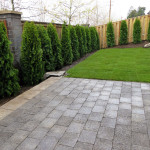
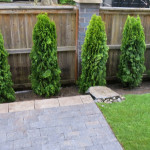
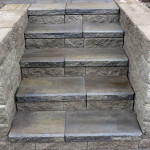
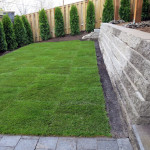
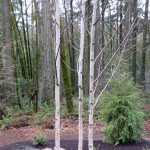
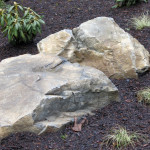
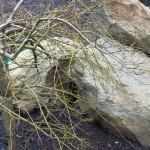
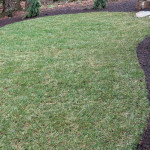
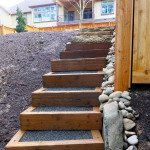
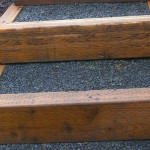
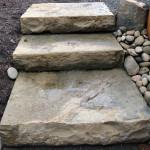
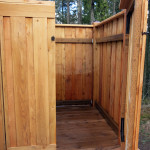
 Welcome to 2014! 2013 was a busy year at John Darby Landscape, Inc., and we want to thank all of you that we had the opportunity and privilege to work with last year. We are looking forward to another great year in 2014, and wanted to remind you all that landscape projects in our region can generally be done at any time of the year (with some exceptions for polar vortexes and hurricanes, but those are fairly unlikely). As we move toward the spring and summer season however, our calendar fills up fast, and we sometimes have to delay new projects by several weeks during the busier months.
Welcome to 2014! 2013 was a busy year at John Darby Landscape, Inc., and we want to thank all of you that we had the opportunity and privilege to work with last year. We are looking forward to another great year in 2014, and wanted to remind you all that landscape projects in our region can generally be done at any time of the year (with some exceptions for polar vortexes and hurricanes, but those are fairly unlikely). As we move toward the spring and summer season however, our calendar fills up fast, and we sometimes have to delay new projects by several weeks during the busier months.